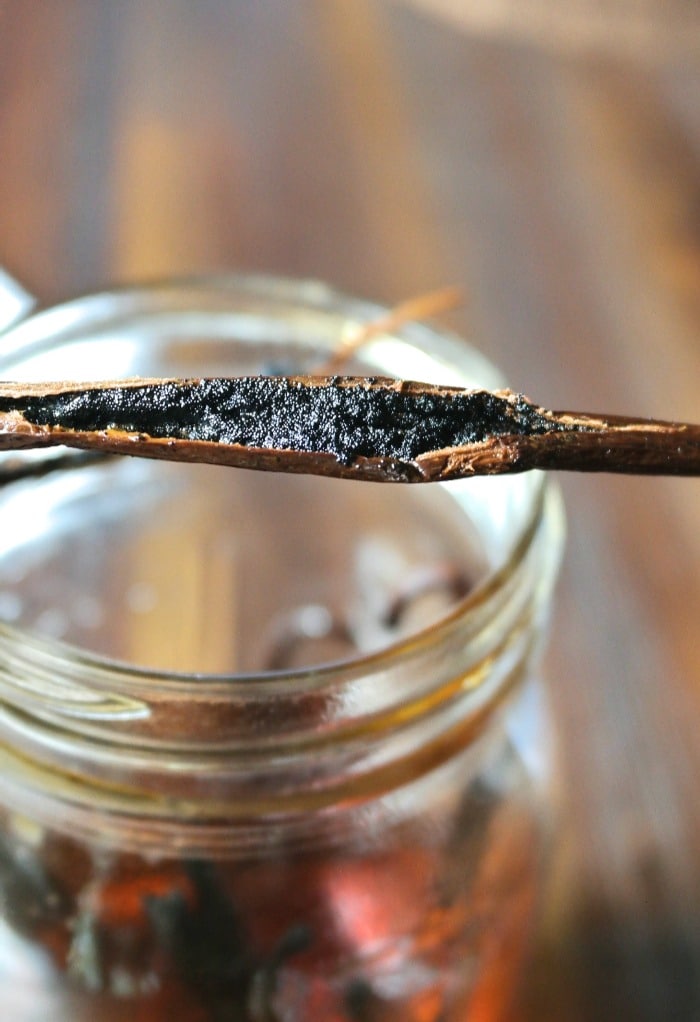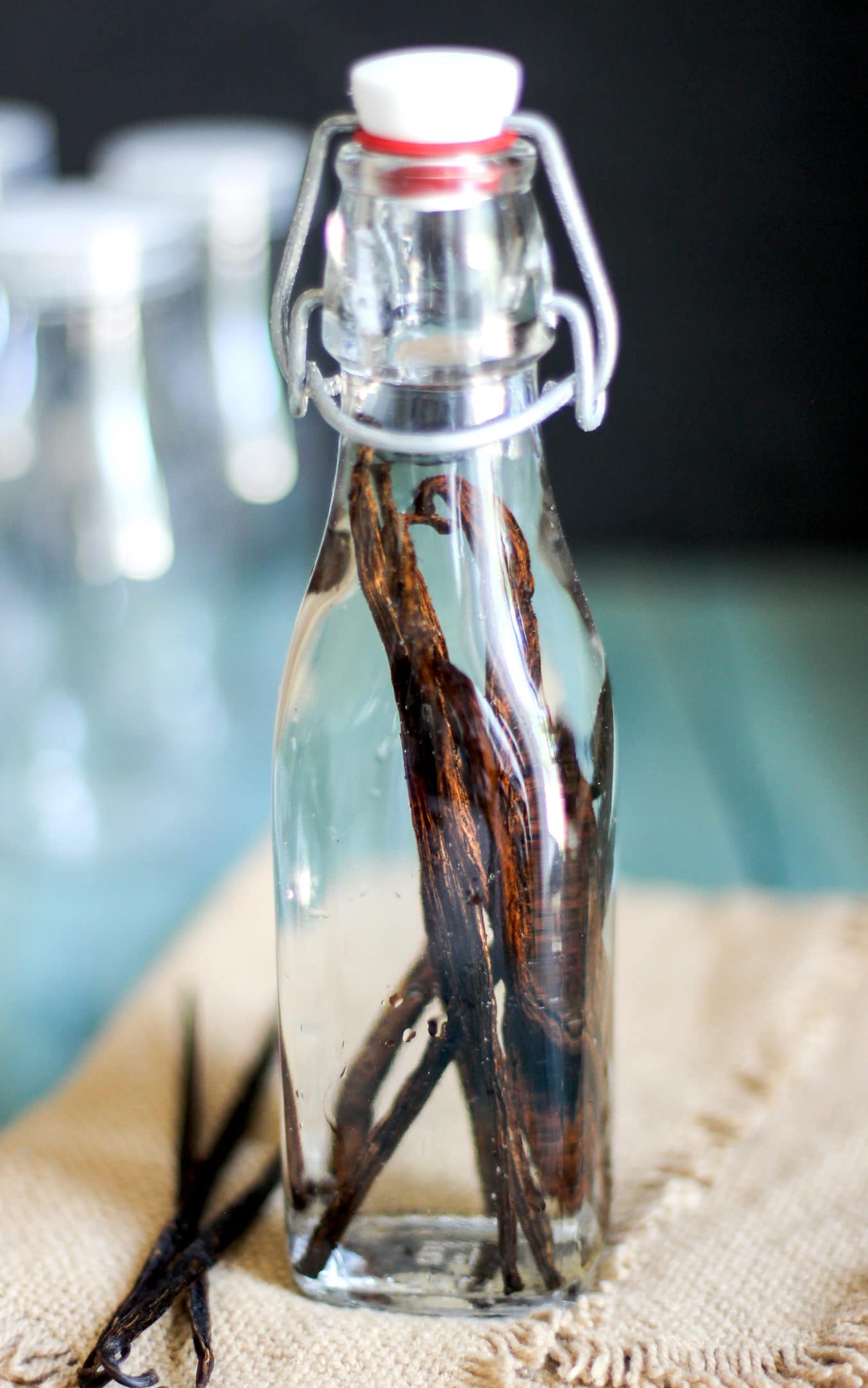

The orchid plants grow on trees and so the flavour profile can be correlated to the types of trees. The place where the beans are grown will influence the flavour of the vanilla produced. Like with grapes for wine and the influence of terroir on the flavour profile, the same goes for vanilla beans. These were transplanted into different parts of the world. Most orchid plants that produce vanilla beans came from Mexico. Vanilla Pompona-Peruvian vanilla beans are this variety.Vanilla Tahitensis-commonly sold under the name Tahitian vanilla beans.

#Homemade vanilla extract skin#
Actually it's the pod itself, the skin and the flesh of the bean, that have all the flavour. It's a common misconception that the seeds (also called caviar) of the vanilla bean hold all the flavour. Different ways of making it From fresh beans All you need is a bottle or a Mason jar that has a lid with a good seal to minimize evaporation. You don't need anything special to make homemade extract. Some people will also use oak wood blocks to enhance the flavour and to dull the taste of the alcohol used. 80 proof alcohol (40 % alcohol content), either a neutral alcohol like vodka, or something more flavourful like bourbon.

Like homemade vanilla sugar, you only need two ingredients to make homemade extract: Ways to check if your vanilla extract is ready to use.It can be an affordable alternative to products sold in grocery stores! Patience is a must though: it can take a year or more to extract vanilla beans so plan ahead! Jump to: It's surprisingly easy to make vanilla extract from vanilla beans. Find out what the difference between single fold and double fold extract is, the quantity of beans required to be considered real vanilla extract, the type of alcohol to use, the techniques, and additives that you can use to enhance the extract.
#Homemade vanilla extract how to#
Learn how to make vanilla extract with this easy recipe.


 0 kommentar(er)
0 kommentar(er)
